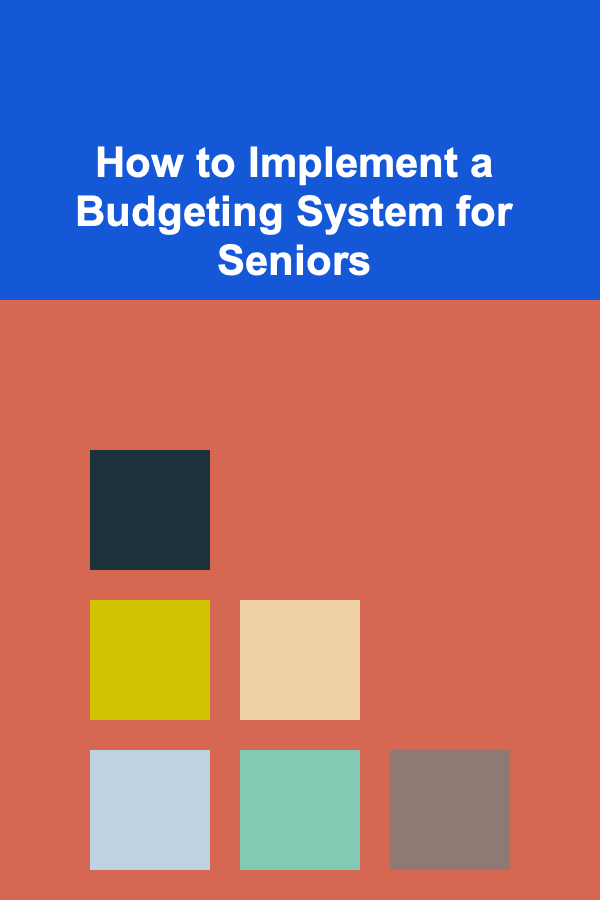
How To Learn UI/UX Design for Developers
ebook include PDF & Audio bundle (Micro Guide)
$12.99$6.99
Limited Time Offer! Order within the next:

In today's fast-evolving tech world, developers are increasingly being expected to possess UI/UX design skills in addition to their coding expertise. The integration of design thinking with programming is becoming a standard across industries, and learning UI/UX design can significantly enhance a developer's ability to create intuitive, user-friendly applications. Whether you are a front-end developer looking to expand your skillset or a full-stack developer aiming to take your product development process to the next level, learning UI/UX design is an invaluable step in shaping better user experiences.
This article will provide a comprehensive guide on how developers can learn UI/UX design, focusing on building the necessary skills, gaining practical experience, and integrating design into development workflows.
What Is UI/UX Design?
Before delving into how to learn UI/UX design, it's essential to understand what these terms mean.
UI (User Interface) Design:
UI design refers to the visual elements of a product that users interact with. These elements include buttons, menus, icons, typography, color schemes, and layouts. The goal of UI design is to ensure that these elements are aesthetically pleasing, functional, and accessible to the users.
UX (User Experience) Design:
UX design, on the other hand, is about creating a seamless, enjoyable experience for the user as they interact with a product. It involves understanding user behavior, needs, and pain points, and designing a product that delivers value in a way that is intuitive and engaging. UX design covers everything from user research, information architecture, wireframing, and prototyping to usability testing and feedback.
While UI design focuses on the look and feel of a product, UX design is about the overall experience of using it. Both fields overlap, and a successful product requires a balance of well-thought-out UI and UX.
Why Should Developers Learn UI/UX Design?
1. Improved Collaboration with Design Teams
Many developers often work in collaboration with designers, and understanding the principles of UI/UX design can lead to more effective communication and smoother collaboration. By understanding design principles and user-centered thinking, developers can avoid misunderstandings and improve the workflow between teams.
2. Better Understanding of User Needs
As a developer, learning UI/UX design allows you to empathize with the end users. Understanding user needs and pain points helps developers create better, more intuitive interfaces. By stepping into the shoes of the user, developers can ensure that their code not only functions well but also provides an optimal user experience.
3. Creation of Seamless User Interfaces
Developers who learn UI/UX design are better equipped to create seamless, user-friendly interfaces. This makes their products more accessible, engaging, and easy to use. A well-designed interface can significantly enhance the usability and success of a product.
4. Career Advancement
Incorporating UI/UX design into your skillset is a valuable asset for developers. Companies are increasingly looking for professionals who can bridge the gap between design and development. This can open up new career opportunities, increase your value to your team, and provide more diverse job roles.
Steps to Learning UI/UX Design for Developers
1. Understand the Basics of UI/UX Design
The first step in learning UI/UX design is to familiarize yourself with the basics. This foundational knowledge will help you understand the design principles and processes that are essential for creating effective user interfaces and experiences.
Learn Design Principles:
Design principles are the foundation of good UI/UX design. Some of the most important principles include:
- Balance: Achieving visual equilibrium between elements.
- Contrast: Using contrasting elements to draw attention to key features.
- Alignment: Arranging elements so they align properly with each other.
- Hierarchy: Organizing information to guide users through a product.
- Consistency: Maintaining uniformity throughout the interface to avoid confusion.
- Whitespace: Utilizing empty space effectively to create a clean and easy-to-navigate design.
Learn User-Centered Design (UCD):
User-Centered Design is a core principle in UX design that focuses on designing for the user's needs and behaviors. UCD involves conducting research, gathering feedback, and iterating designs based on user testing to create products that are intuitive, usable, and valuable.
2. Learn Design Tools and Software
As a developer, you likely already have experience with code editors and development environments, but UI/UX design involves different tools. Familiarizing yourself with design software is a key step in learning UI/UX design.
Popular UI/UX Design Tools:
- Sketch: A vector-based design tool popular among UI designers. It is used for creating user interfaces, wireframes, and prototypes.
- Figma: A web-based design tool that allows for real-time collaboration and is great for UI/UX design, wireframing, and prototyping.
- Adobe XD: Adobe's design and prototyping tool that allows you to create interactive prototypes and design user interfaces.
- InVision: A prototyping tool that lets you create interactive mockups and share them with stakeholders.
- Balsamiq: A wireframing tool that focuses on low-fidelity designs, which can be useful for initial mockups.
Familiarize yourself with one or more of these tools to start creating wireframes, prototypes, and visual assets. Many of these tools have free trials, so you can experiment without any financial commitment.
3. Learn the UX Design Process
To design a great user experience, you need to understand the UX design process. This process is iterative and involves several steps:
User Research:
Before diving into design, understanding the target users is crucial. Conduct user research to identify the user's needs, challenges, and goals. Methods for user research include:
- Surveys and Questionnaires
- Interviews
- Personas
- Competitive Analysis
Wireframing and Prototyping:
Wireframing is the process of creating a basic visual representation of a page or screen, outlining the layout and functionality without detailed design elements. Prototyping is the next step, where you turn wireframes into interactive prototypes that simulate how the final product will work.
Usability Testing:
Once you have a prototype, conducting usability testing with real users is essential. This step helps you identify potential issues and make improvements before development begins. Tools like UsabilityHub, Maze, or Lookback can help facilitate this process.
4. Master Responsive Design
In today's multi-device world, it's important to design for responsiveness. Responsive design ensures that your application or website looks and functions well on all devices, from desktops to tablets and smartphones. As a developer, you may already have some knowledge of responsive design techniques such as:
- Flexible Grid Layouts
- Media Queries
- Responsive Images
Mastering responsive design ensures that your applications are user-friendly, regardless of the device being used.
5. Work on Real-World Projects
One of the best ways to learn UI/UX design is by working on real-world projects. Building your own projects or collaborating with designers and developers on real applications will help you apply your knowledge and skills in a practical context.
You can start with personal projects such as redesigning a website or creating a mobile app. Share your designs with others and gather feedback to refine your work. You can also look for opportunities to contribute to open-source projects, where you can collaborate with others and improve your UI/UX design skills.
6. Stay Updated with Industry Trends
UI/UX design is a constantly evolving field, and it's crucial to stay updated with the latest trends and techniques. Follow design blogs, join design communities, and attend conferences to keep learning and growing in the field. Some useful resources include:
- Smashing Magazine
- UX Design.cc
- A List Apart
- Designer News
- Nielsen Norman Group
By staying informed about new trends and technologies, you can continue improving your UI/UX design skills and remain competitive in the industry.
7. Develop a Design Portfolio
As you progress in your UI/UX design journey, it's essential to build a portfolio that showcases your work. A strong portfolio demonstrates your ability to solve design problems and create intuitive user experiences. Include examples of wireframes, prototypes, and final designs, along with a brief explanation of the design process for each project.
A portfolio is often one of the first things potential employers or clients will look at, so make sure it reflects your skills and experience.
Conclusion
Learning UI/UX design is a valuable skill for developers who want to create more engaging, intuitive, and user-friendly applications. By understanding the principles of UI/UX design, mastering design tools, and applying your knowledge through real-world projects, you can significantly enhance your development skillset.
UI/UX design is not just about making things look good; it's about creating products that meet the needs and expectations of users. By investing time in learning UI/UX design, developers can bridge the gap between design and development, improving the overall user experience and ultimately creating better products.

How to Categorize Household Items for Efficient Inventory Management
Read More
How to Create a Cleaning Schedule for Your Appliances
Read More
How to Implement a Budgeting System for Seniors
Read More
How To Overcome Procrastination (Psychological Hacks)
Read More
How to Stain a Deck or Fence: A Comprehensive Guide
Read More
10 Tips for Designing a Sculptural Installation on a Budget
Read MoreOther Products

How to Categorize Household Items for Efficient Inventory Management
Read More
How to Create a Cleaning Schedule for Your Appliances
Read More
How to Implement a Budgeting System for Seniors
Read More
How To Overcome Procrastination (Psychological Hacks)
Read More
How to Stain a Deck or Fence: A Comprehensive Guide
Read More